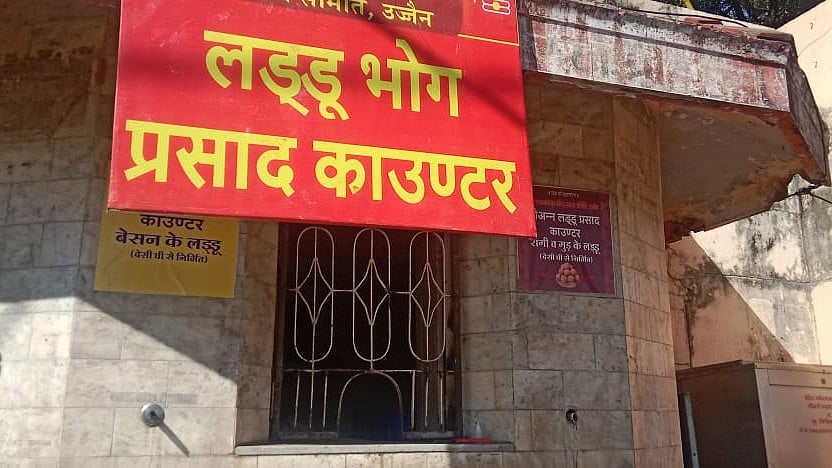SREEKRISHNA SANKAR
The regulator has always been focused on improving the mutual fund industry to protect the retail segment. This was reflected in the earlier reduction of d
istribution charges and commissions.
But another key area of focus for the regulator has been reducing the industryalt39s overdependence on corporate and bank investments.
In the last few months, SEBI has made certain decisions to achieve this goal.
End of Tax Arbitrage
Unlike mutual funds in other geographies, mutual funds in India have been a haven for corporates, large institutions, and banks to park their funds. This is due to favourable taxation rules for the corporations. Thus, for the corporate segment and the large institutions, mutual funds provided a haven with good returns where money could be invested for any period of time. Also, since there is no structured cash management approach in most firms, the appeal to park their money in mutual funds is even greater.
The corporations were taxed 25% of the dividend from liquid funds, and 20% of the dividend from debt funds before the introduction of the new rule. But this has come to an end with the increase of the dividend distribution tax ( DDT) to 30%, which reduces the advantage of tax arbitrage. So this could lead to an erosion of mutual fund assets under management and has forced the fund managers to rethink their strategy for liquid and debt funds.
Restraining the Cozy Relationship Between Banks and Funds
RBI has also imposed a cap on bank investments in debt- oriented mutual fund schemes to 10% of a bankalt39s net worth. This will have implications for assets under management. There has traditionally been a cozy relationship between banks and mutual funds, wherein banks would buy liquid funds from the mutual fund houses, which in turn would invest in banksalt39 certificates of deposit. While this had the risk of circular investments, sometimes corporate firms benefitted from banks investing beyond the enforced upper limits through the indirect route of mutual funds. In short, banks had a lot of say in many mutual fund investments because they were a key source of funds.
The investments in mutual funds in the last couple of years have often exceeded the proposed cap of 10% of net worth.
The graph shows bank investment in mutual funds in the last three years; funds parked in mutual funds reached a maximum in October 2009 and moderated up to June 2010. In the fourth quarter of FY2011, banks continued to park up to Rs 100,000 crore in debt mutual funds even as they remained heavy borrowers in the LAF facility of RBI. The excess of banksalt39 investment ( over 10% of their net worth) has been estimated to be in the Rs. 60,000 to Rs 80,000 crore range in the last three months. Considering this entire excess investment exiting the system, the estimated decline in the industry debt AUM levels would be 15- 18%. The proposed cap will most probably encourage banks to park excess funds with the RBI at the reverse repo rate or lend in the call money markets, which could reduce the volatility in the overnight interbank market.
Opening MFs to Foreign Investors
In order to reduce the pressure of low fund flows, the regulator is planning to let foreign individual investors invest in mutual funds. Currently the FIIs registered with SEBI participate in the industry, but the registration process has prevented the smaller funds or the funds with a small India allocation from participating.
By allowing foreign investors that meet the Know Your Customer norms to participate in t









